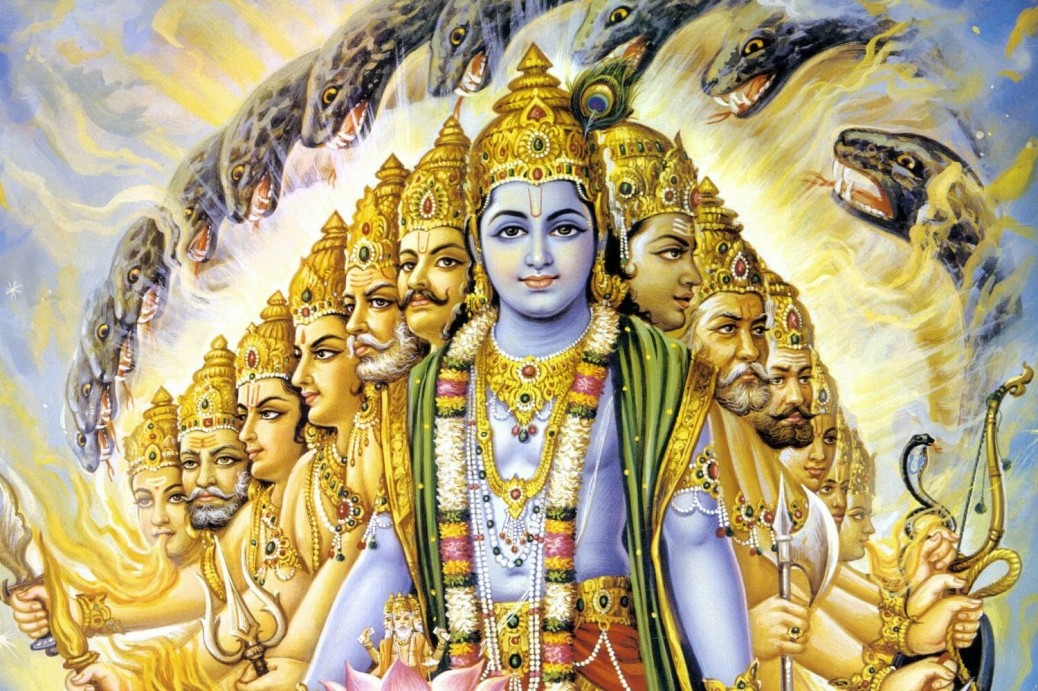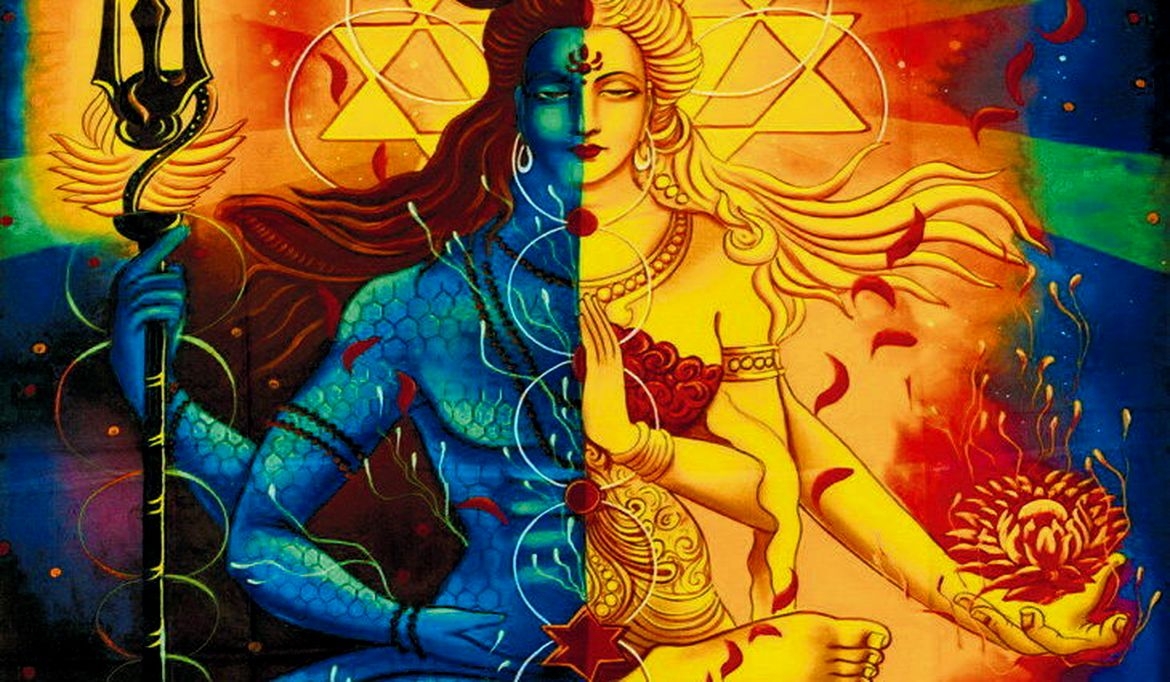Attachments And Delusions – In Gita Verse 2.4 Arjuna said: O killer of enemies, O killer of Madhu, how can I counterattack with arrows in battle men like Bhīṣma and Droṇa, who are worthy of my worship?
In response to Lord Krishna’s call for action, Arjuna delves deep into his inner conflict when faced with the prospect of fighting revered figures like Bhishma and Dronacharya in Bhagavad Gita Verse 2.4. Arjuna’s profound respect for these noble warriors, such as Bhishma’s unwavering commitment to chastity and Dronacharya’s unparalleled expertise in warfare, underscores the complexity of his emotions.
Arjuna’s dilemma emerges from his unwavering moral duty to honour and display compassion towards his esteemed teachers and elders, a duty that clashes with the notion of engaging in combat against them. This conflict reveals the profound struggle Arjuna faces in balancing his obligations with his reverence for these eminent personalities.
Furthermore, Arjuna grapples with the poignant question of how he can reconcile the idea of harming individuals he holds in such high esteem. His internal conflict is not rooted in seeking adoration but rather in navigating the ethical dilemma that confronts him. Arjuna expresses a willingness to face his demise rather than compromise his integrity by attacking his revered Gurus or causing harm to those he respects deeply, underscoring his inner battle with ego as he endeavours to uphold his moral identity.
The analysis dives deep into the intricate interplay between ego and humility, shedding light on how humility can sometimes mask underlying egoism, serving as a shield for the ego against external threats. It explores the nuances of ego and humility in personal relationships and self-perception, providing insight into the complexities of human nature.
Arjuna’s profound inner conflict reveals a poignant journey of self-discovery and moral introspection. As he grapples with the impending consequences of choosing to engage in battle, Arjuna finds himself at a crossroads, torn between his sense of duty as a warrior and the ethical values deeply rooted in his being. This internal turmoil serves as a mirror reflecting not only his self-image but also the core of his moral essence, highlighting the intricate interplay between responsibility and righteousness.
Arjuna’s psychological and ethical dilemma unfolds as a rich tapestry interwoven within the Bhagavad Gita narrative, offering profound insights into the complexities of human nature and the eternal quest for truth and purpose. Through Arjuna’s struggle, we explore the timeless themes of duty, loyalty, morality, and the intricate dynamics of personal and social ethics. His journey becomes emblematic of the universal struggle to reconcile external obligations with inner values, shedding light on the eternal conflict between conscience and command.
Moreover, Arjuna’s introspection delves deeper into the philosophical underpinnings of existence, echoing the perennial questions of identity, morality, and the transient nature of human life. His dilemma becomes a canvas on which the larger existential quandaries of purpose, destiny, and the dichotomy of right and wrong are painted with intricate strokes of introspection and contemplation. As he wrestles with his moral compass, Arjuna’s journey becomes a profound exploration of the human condition, resonating with readers across time and space.
In the Bhagavad Gita, Arjuna’s internal struggle transcends mere battlefield dilemmas, evolving into a profound existential crisis that resonates with the essence of human experience. Unravelling the depths of his psyche and moral fabric, Arjuna’s saga becomes a beacon illuminating the eternal quest for truth, righteousness, and self-realisation. Through his narrative, the Bhagavad Gita offers timeless wisdom and philosophical insights that continue to inspire seekers of truth and spiritual understanding, inviting contemplation on the nature of duty, morality, and the inherent struggle between individual convictions and societal expectations.
To fully grasp the universal reality, one must transcend ego and shatter barriers, exemplified by the enlightening tale of Totapuri and Ramakrishna.
Ramakrishna, a devout follower of the Mother Goddess of Calcutta, found himself immersed in a realm of imagination and engaging in vivid dialogues with the divine entity daily. When encountered by the enlightened Totapuri, Ramakrishna’s perceptions were challenged, as Totapuri guided him to shed the illusion of the Mother Goddess. Despite his deep attachment, Ramakrishna embarked on a transformative journey under Totapuri’s guidance, symbolically severing the Mother Goddess with an imaginary sword to achieve enlightenment. This arduous process involved profound introspection and internal strife, culminating in a powerful act of self-transcendence that spurred his awakening.
Ramakrishna’s journey toward enlightenment underscores the imperative of dismantling illusions and ego-driven constructs to attain genuine realisation. Totapuri’s pivotal intervention underscores the transformative power of relinquishing attachments and delusions to awaken to the profound truths of existence.
Just as Totapuri guided Ramakrishna through disbanding illusions, Krishna plays a similar role in guiding Arjuna to transcend ego, illusions, and unconsciousness within the narrative of the Bhagavad Gita. Through their narratives, we uncover the timeless wisdom of piercing through the veils of illusion to apprehend the universal reality that beckons beyond.
Tags: Attachments And Delusions




